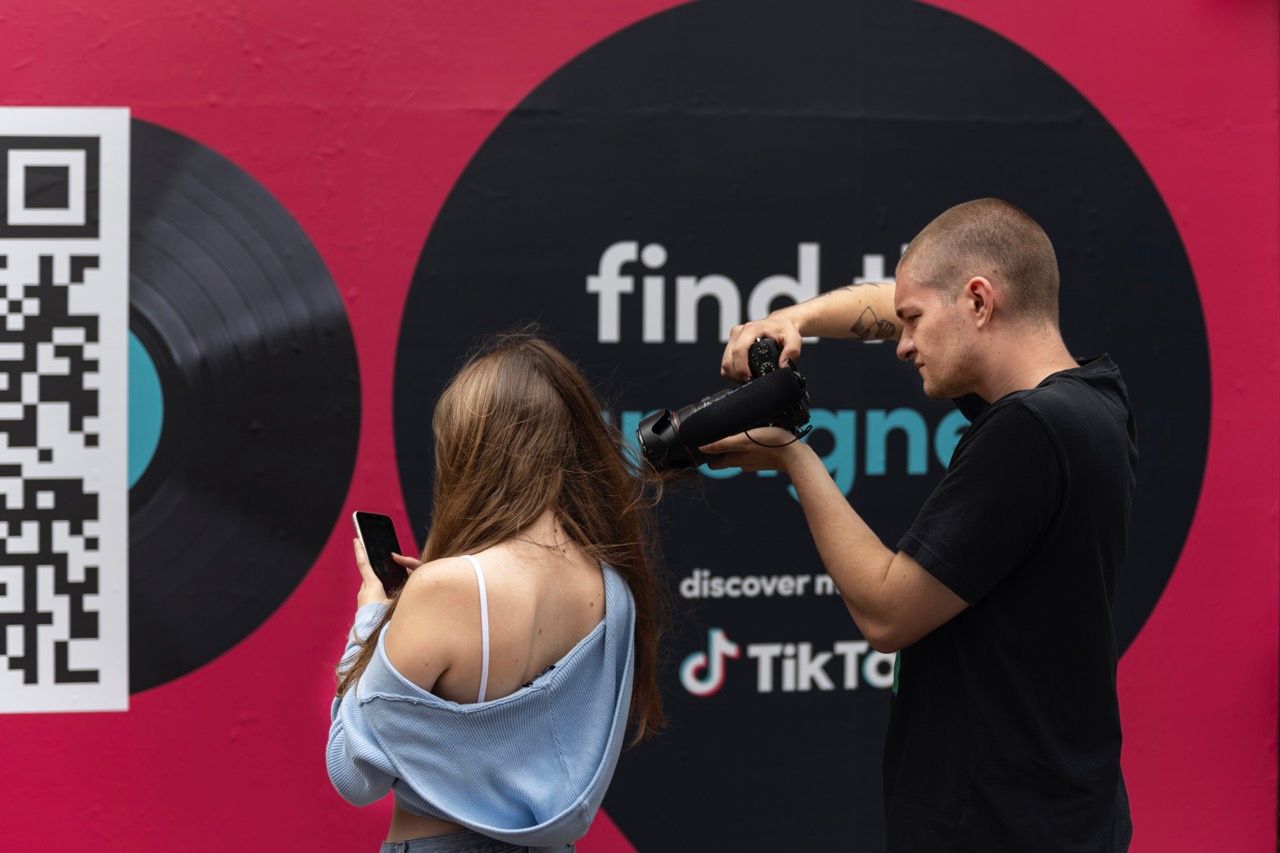User-generated content refers to any form of content about a brand, product or service, created and shared by individuals on social platforms. UGC holds its unique power in its authenticity. Unlike traditional advertising, which relies on brand-generated content, UGC offers an insight into the real opinions of real people. The rise of social media has paved the way for the exponential growth of UGC in the form of unboxing videos, photos, blog posts, testimonials and more.
Traditional UGC
Following the age of the influencer, user-generated-content has evolved. What was once used to reference organic content created by consumers now encompasses a range of content created by a range of users. The Share a Coke Campaign is illustrative of a traditional UGC campaign. In 2011, Coke Australia printed the most popular names in the nation onto millions of bottles. This was designed to encourage consumers to find the names of their loved ones and share their experiences on social media using the hashtag #ShareACoke. The numbers demonstrate just how successful this campaign was. Within the first year over 500,000 images were shared using the hashtag and that summer over 250 million named bottles were sold in a nation of under 23 million.
Traditional UGC has been leveraged by brands in the past not only to generate brand awareness but as a tool to build a loyal customer base. ASOS is a quintessential example, launching its #AsSeenOnMe campaign almost ten years ago which still runs to date, the hashtag having amassed over 1.4 million posts. The campaign encourages users to share content displaying their ASOS purchases for the chance to have their image shared on the brand’s Instagram and website. According to Stackla’s 2021 report, 43% of consumers are more likely to continue engaging with a brand if it shares their photo or video. Whatsmore, 61% state they would be more loyal to and more likely to buy from a brand if they were invited to be part of a customer advocate community of content creators.
The Age of The Influencer
However, these campaigns were ideated prior to the boom of influencer marketing. Although influencer content can be classed as user-generated-content, the key difference lies in paid and organic. Organic UGC is fundamentally more authentic and compelling in that it is created voluntarily, showcasing the real opinions of real consumers, as opposed to influencer content which is typically orchestrated by a brand or partnership.
The UGC Creator
To drill down further, within influencer marketing we have the UGC creator, not to be confused with the archetypal influencer. Whereas influencers are paid to share the content they create across their own channels, UGC creators are paid to produce content on behalf of brands without direct acknowledgement. Designed to resemble traditional consumer-generated-content, creator content will not be shared across the creators own channels. Rather, the content will be owned and utilised by the brand, often to create an ‘authentic’ ad. Thus, whilst the UGC creator falls within the realm of influencer marketing, these types of creators focus specifically on mirroring organic UGC. Brands can benefit from partnering with UGC creators by leveraging social proof in their marketing efforts whilst maintaining control of the narrative. Though TINT predicts that as staged UGC grows, we’ll likely see additional transparency guidelines from governing agencies, formalising the UGC creator.
According to Stackla, consumers are more than twice as likely to view user generated content as most authentic compared to content created by brands. This is substantiated by TINT’s 2023 Social Report, in which consumers ranked the types of content they found to be most authentic. Consumers ranked authentic UGC as the most trustworthy form of content.
However, brand content was not found to be the least trustworthy form of content but in fact staged UGC. Staged UGC refers to content produced by the UGC creator on behalf of a brand. This can be useful in the consideration and conversion stages of the marketing funnel but not in the loyalty and advocacy phase. By contrast, authentic UGC supports each stage of the funnel, from awareness through to advocacy.
Find out the best way to effectively incorporate UGC into your social strategy.
Our use of cookies
onqor.com uses cookies, some are necessary for the operation of the website and some are designed to improve your experience. For more information, click here.
Necessary cookies
Are essential to move around onqor.com and use its core functionality and enhanced features. Without these cookies, services you have asked for cannot be provided.
Functional cookies
Allow onqor.com to remember choices you make to give you better functionality and personal features.
Performance cookies
Help improve the performance of onqor.com by collecting and reporting information about how you use the website.
